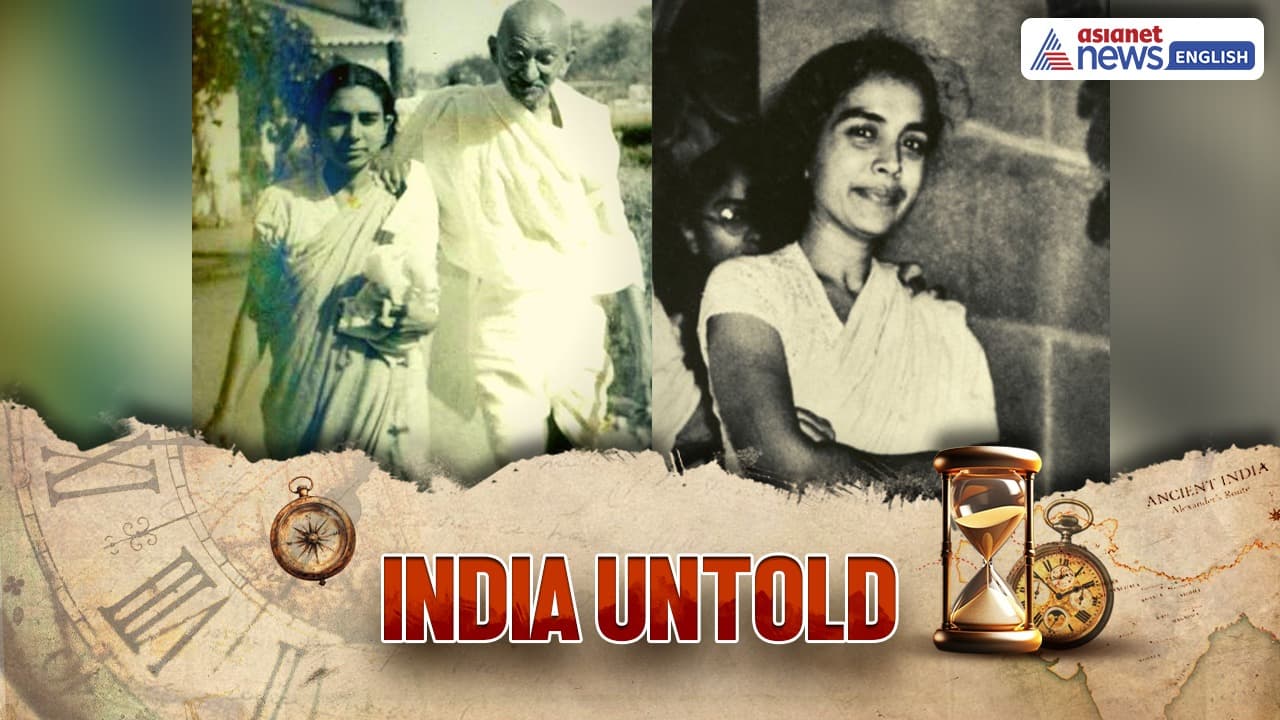Mahatma Gandhi’s personal physician, this gritty woman fought for India’s freedom and the welfare of those stricken with leprosy. She went on to become independent India’s first health minister of Delhi state.
Born into a humble middle-class family in pre-independence India on 26 December 1914, in Kunjah (now in Pakistan), Sushila Nayar was Mahatma Gandhi’s personal physician who went on to become independent India’s first female health minister of Delhi. Sister of Gandhi’s secretary, Pyarelal, Sushila often visited the ashram and, in 1938, joined him in Sevagram, Wardha, after completing her medical studies at Lady Hardinge Medical College. The ashram shaped her ideology, blending spiritual insight with nationalist zeal, and offered her firsthand exposure to community medicine. When a cholera outbreak struck Sevagram, it was Sushila who stepped forward, using her expertise to combat the disease and tend to the afflicted—an early testament to her lifelong dedication to public health.
By 1942, after completing her MD in medicine, she became the physician to Kasturba and Mahatma Gandhi. Yet, her vision extended beyond serving the ashram; she was committed to providing healthcare for India’s economically disadvantaged. In 1944, she opened a modest dispensary in Sevagram, which soon expanded into a clinic donated by industrialist G. D. Birla. This modest facility laid the foundation for what would become the Kasturba Hospital (today the Mahatma Gandhi Institute of Medical Sciences), starting as a 15-bed child and maternity hospital and eventually evolving into a full-fledged healthcare institution through her tireless efforts.
Her work with Dr. R. V. Wardekar, the father of leprosy control in India, brought her face-to-face with countless leprosy patients in Wardha. These encounters left an indelible mark, shaping her future advocacy for social and medical reforms for the marginalized.
When a newspaper reported a proposed compulsory sterilisation bill for leprosy patients in Sindh in 1946, she immediately voiced her opposition. “It is neither congenital nor hereditary,” she asserted, consulting esteemed colleagues such as Sr B C Roy, Dr M D D Guilder, and Dr C G Pandit to strengthen her stance. Thanks to her intervention, Gandhi ensured the Congress Legislative Party voted against the bill, protecting the rights of vulnerable patients.
Beyond medicine, Sushila was a fearless freedom fighter. She participated in the Quit India Movement and endured imprisonment in the Aga Khan Palace for her pro-independence convictions. After Gandhi’s assassination, she earned a DrPH from Johns Hopkins University and returned to India to establish a tuberculosis sanatorium in Faridabad, eventually heading the Gandhi Memorial Leprosy Foundation.
Her political journey began in 1952 when she was elected to the Delhi Legislative Assembly. Following in the footsteps of Rajkumari Amrit Kaur, Sushila became Delhi’s first female health minister in Nehru’s cabinet, later serving as the speaker of the Delhi Vidhan Sabha and as a Lok Sabha member from Jhansi.
By 1962, she was Union Health Minister, championing rural medical education and establishing the Mahatma Gandhi Institute of Medical Sciences in Sevagram in 1969—the first medical college aimed at empowering rural healthcare.
(This article has been curated with the help of AI)
